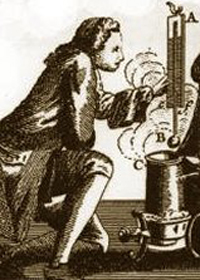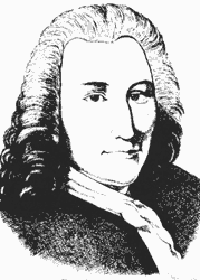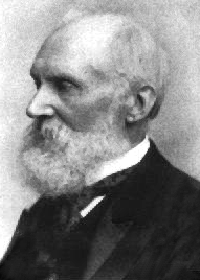Overview:
Introduction
The accurate measurement of temperature is vital across a broad spectrum of human activities, including industrial processes (e.g. making steel), manufacturing; monitoring (in food transport and storage), and in health and safety. In fact, in almost every sector, temperature is one of the key parameters to be measured.
Thermoscopes, the ancestors of modern thermometers, have been around since about 200 BC. The first recognizable, modern thermometers were made in the 16th century by both the Italian Galileo Galilei and Santorio Santorio, a physician to the King of Poland.
The two temperature scales commonly in use today date from the eighteenth
century and are named after Gabriel Daniel Fahrenheit and the Swedish
astronomy professor Anders Celsius.
 ____
____ 
Fahrenheit designed his scale to have
two reference points that could be set up in his workshop. He originally
chose the melting point of pure ice and the temperature of a normal
human body, which he took as being 32° and 96° respectively.
Celsius also used the
ice and steam points, but took them to be 0 °C and 100 °C respectively.

A third, fundamental,
temperature scale was proposed in 1854 by the Scottish physicist William Thomson, Lord Kelvin.
It is based on the idea of the absolute zero, the point of no discernible energy, which is
independent of any particular material substance.